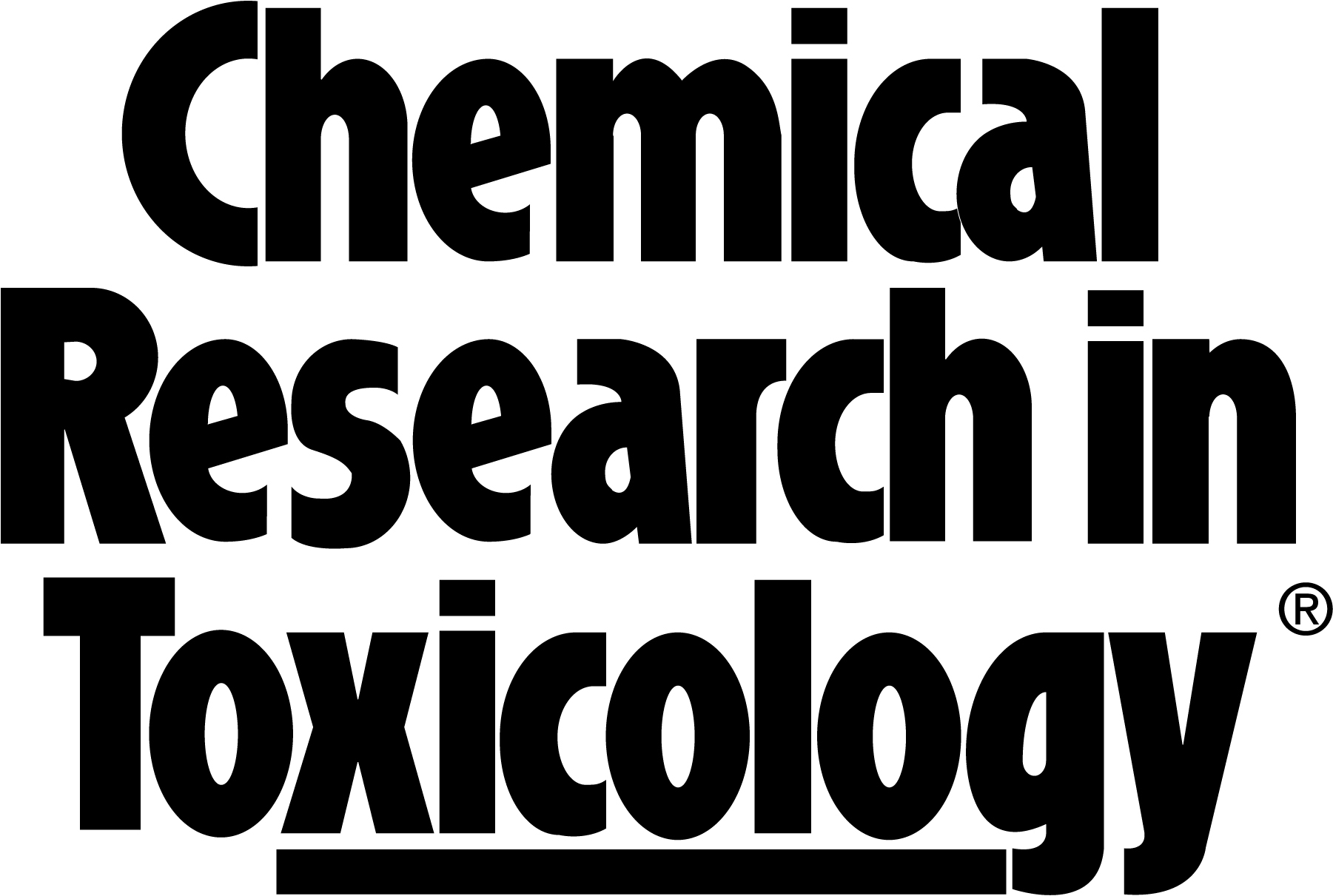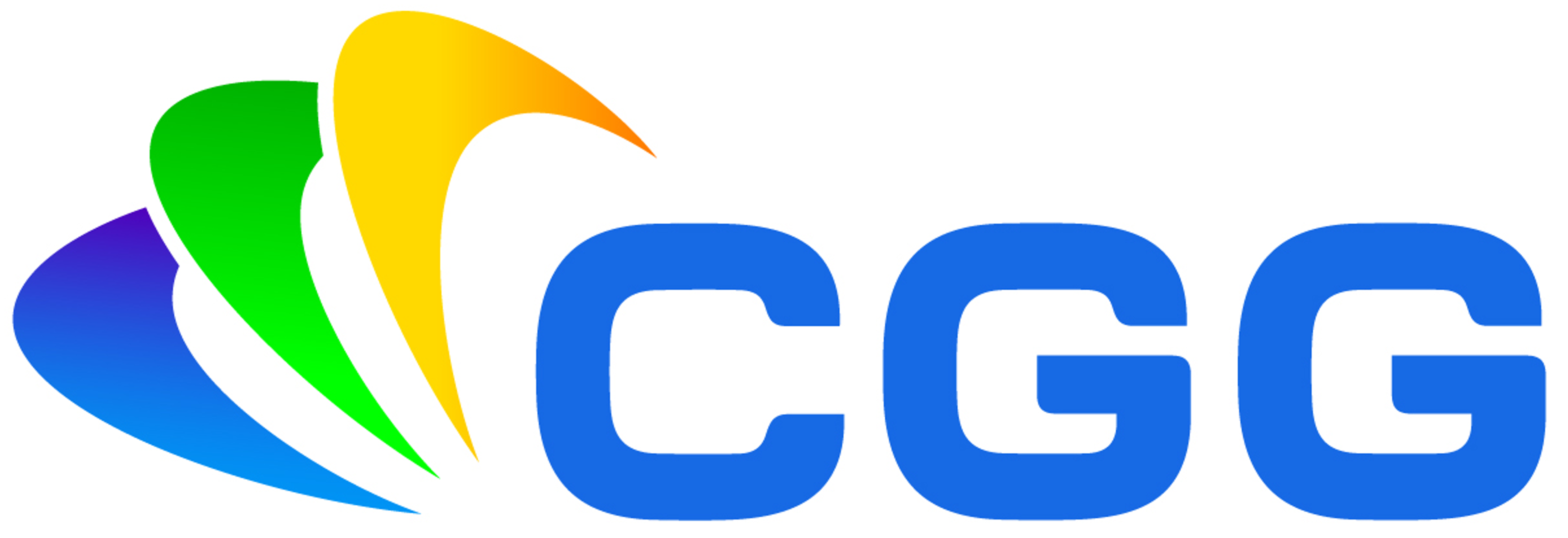CompBioMed Conference 2023: 12-14 September, 2023
CompBioMed Conference 2023 (CBMC23) will address all aspects of the rapidly burgeoning domain of computational biomedicine, from genome through organ to whole human and population levels, embracing data driven, mechanistic modelling and simulation, machine learning and combinations thereof. We welcome contributions from academic, clinical and industrial participants alike.

Abstract Submission – click here for abstract submission details
Abstract Submission deadline: 31 July 2023
NEW! CompBioMed–SEAVEA Hackathon – click here for details
Registration for the Hackathon is now open
NEW! CompBioMed Student Visualisation Competition – click here for details
Abstract Submission deadline: 15th of August 2023
Registration – click here for registration details
Registration deadline: 11 September 2023
The conference is organised by the Centre of Excellence in Computational Biomedicine (CompBioMed), aimed at nurturing and promoting the uptake and exploitation of high performance computing within the biomedical modelling community.
CBMC23 takes place at Science Congress Center Munich, Garching, Germany. The congress center is a short walk down the road from Leibniz Supercomputing Centre, a supercomputing centre on the Campus Garching near Munich, operated by the Bavarian Academy of Sciences and Humanities. LRZ operates the supercomputers SuperMUC and the next generation SuperMUC-NG.
There will also be a social event on the evening of 12 September 2023 at the oldest brewery in the world, the Bräustüberl Weihenstephan, including a guided tour of the brewery, beer tasting, and a conference dinner.
CBMC23 will present an exciting programme of relevant symposia and world-renowned plenary and invited speakers, proposed and secured by our International Organising Committee.

The oldest brewery in the world, the Bräustüberl Weihenstaphen
Local Organising Committee
Scientific
- Prof Andrea Townsend-Nicholson, Conference Chair
- Prof Peter Coveney
- Jon McCullough
- Agastya Bhati
- Gerald Mathias
- Ivan Pribec
Administration
Event Sponsors
 |
 |
 |
 |
 |
 |
 |
 |
 |
 |
 |
 |
 |
 |
 |
